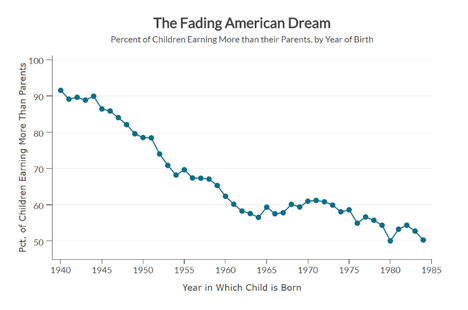(p. 1) SEATTLE — When Glenn Kelman became the chief executive of his online real estate start-up, he defied the tech industry’s conventional wisdom about how to grow.
Instead of hiring independent contractors, he brought in full-time employees and put them on the payroll — with benefits. That decision over a decade ago made Mr. Kelman and his company, Redfin, iconoclasts in the technology world.
Many tech start-ups lean on the idea of the “gig economy.” They staff up rapidly with freelancers, who are both cheaper to hire (none of the insurance, 401(k) and other expenses) and more flexible (they can work as much or as little as needed). It’s the model Uber has used to upend the taxi business.
. . .
Mr. Kelman argues that full-time employees allow him to offer better customer service. Redfin gives its agents salaries, health benefits, 401(k) contributions and, for the most productive ones, Redfin stock, none of which is standard for contractors. Redfin currently employs more than 1,000 agents.
Now with his company on a stronger footing, Mr. Kelman says he believes his approach has been vindicated. He has even (p. 5) become an informal counselor to other tech entrepreneurs exploring a shift to employees from contractors.
. . .
A number of technology companies have switched or are in the process of switching their contractors to employees for reasons similar to those of Redfin, including Shyp, a parcel shipping service; Luxe Valet, which offers a valet parking app; and Munchery, a food delivery service. Honor, an on-demand service for home health care professionals, is making the move to improve training.
For the full story, see:
NICK WINGFIELD. “A Start-Up Shies Away from Gig Economy.” The New York Times, SundayBusiness Section (Sun., JULY 10, 2016): 1 & 5.
(Note: ellipses added.)
(Note: the online version of the story has the date JULY 9, 2016, and has the title “Redfin Shies Away From the Typical Start-Up’s Gig Economy.”)


